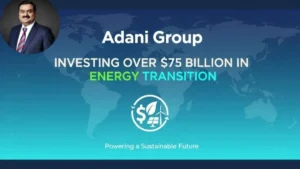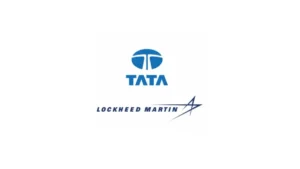In a major policy decision aimed at empowering farmers and ensuring remunerative returns for agricultural produce, the Cabinet Committee on Economic Affairs (CCEA) chaired by Prime Minister Narendra Modi has approved an increase in the Minimum Support Price (MSP) for 14 Kharif crops for the 2025–26 marketing season. The decision, announced on May 29, 2025, carries a total financial outlay of ₹2.07 lakh crore.
Objective: Doubling Farmers’ Income
According to a press statement issued by the Ministry of Agriculture, this move is part of the government’s continued commitment to ensuring that farmers receive fair compensation for their produce. The policy aligns with the Union Budget 2018–19 announcement which set a guideline of fixing MSPs at least 1.5 times the all-India weighted average cost of production.
Union Minister Ashwini Vaishnaw, who addressed the media following the Cabinet meeting at the National Media Centre in New Delhi, reiterated that this decision was taken in the interest of India’s agricultural community, with the intent to boost agricultural sustainability and profitability.
Highlights of MSP Hike: Nigerseed and Ragi Top the List
The highest absolute increase in MSP over the previous year has been recorded for:
Nigerseed: ₹820 increase per quintal
- From ₹8,717 in 2024–25 to ₹9,537 in 2025–26
Ragi: ₹596 increase per quintal
- From ₹4,290 to ₹4,886
Cotton (Medium Staple): ₹589 increase per quintal
- From ₹7,121 to ₹7,710
Cotton (Long Staple):
- From ₹7,521 to ₹8,110
Sesamum: ₹579 increase per quintal
- From ₹9,267 to ₹9,846
These revisions will directly benefit millions of farmers engaged in cultivating these crops across India.
Margin Over Cost of Production: Bajra, Maize Lead
The expected profit margin over cost of production is particularly promising for the following crops:
-
Bajra: 63% margin
-
Maize: 59% margin
-
Tur (Pigeon Pea): 59% margin
-
Urad (Black Gram): 53% margin
-
For all other Kharif crops, the margin is estimated to be 50%
These figures reflect the government’s intent to not just raise support prices nominally, but also to substantially increase farmers’ earnings in proportion to input costs.
Focus on Nutri-Cereals and “Shree Anna”
In line with the national campaign to promote nutritional and climate-resilient crops, the government continues to offer higher MSPs for nutri-cereals, also known as “Shree Anna”. This move is not only aimed at diversifying the agricultural basket, but also improving soil health, climate adaptability, and nutritional outcomes for consumers.
MSP for Raw Jute Also Increased
The Cabinet also approved a 6% hike in MSP for raw jute, revising it to ₹5,650 per quintal. This decision benefits jute growers primarily in West Bengal, Assam, and parts of Odisha and Bihar, who depend heavily on jute cultivation as their primary source of income.
Record Procurement: 2014–2025 vs 2004–2014
The government’s statement also included a comparison of procurement data over the past two decades, demonstrating a significant jump in procurement levels and MSP payouts under the Modi government:
Paddy Procurement
- 2014–2025: 7,608 Lakh Metric Tonnes (LMT)
- 2004–2014: 4,590 LMT
Procurement of 14 Kharif Crops
- 2014–2025: 7,871 LMT
- 2004–2014: 4,679 LMT
MSP Payment to Farmers
- Paddy (2014–2025): ₹14.16 lakh crore
- Paddy (2004–2014): ₹4.44 lakh crore
- 14 Kharif Crops (2014–2025): ₹16.35 lakh crore
- 14 Kharif Crops (2004–2014): ₹4.75 lakh crore
These figures indicate a 3.5X to 4X increase in both procurement volumes and financial disbursals in the last decade, reflecting the government’s commitment to agricultural welfare and food security.



 Amul Renews Partnership with Argentina F...
Amul Renews Partnership with Argentina F...
 Adani Group to Invest Over $75 Billion i...
Adani Group to Invest Over $75 Billion i...
 Tata–Lockheed Martin to Build New MRO Fa...
Tata–Lockheed Martin to Build New MRO Fa...







